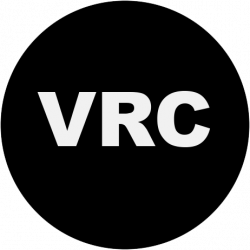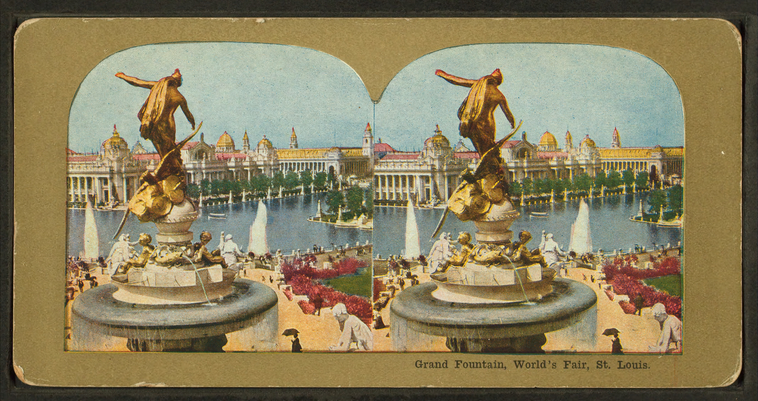The Netherlands Institute in Turkey has recently released the first installment of digital images from the vast photographic archives of Dutch historian Machiel Kiel.
A former director of the Netherlands Institute in Turkey (NIT), at which this project is now implemented, Kiel is a scholar whose career has revolved around the study of Ottoman-Islamic architectural monuments in the Balkan countries — an area of study that he pioneered. His archive represents an invaluable source for researchers of this heritage. Created for the most part between the 1960s and 90s, it contains visual documentation of many monuments that have not survived, or have been significantly altered in, the second half of the twentieth century. The publication of Kiel’s archive by the NIT is hoped to significantly advance international research on this heritage.
Images are available for publication free of charge (with attribution). For more information, see the FAQ section of this page.



